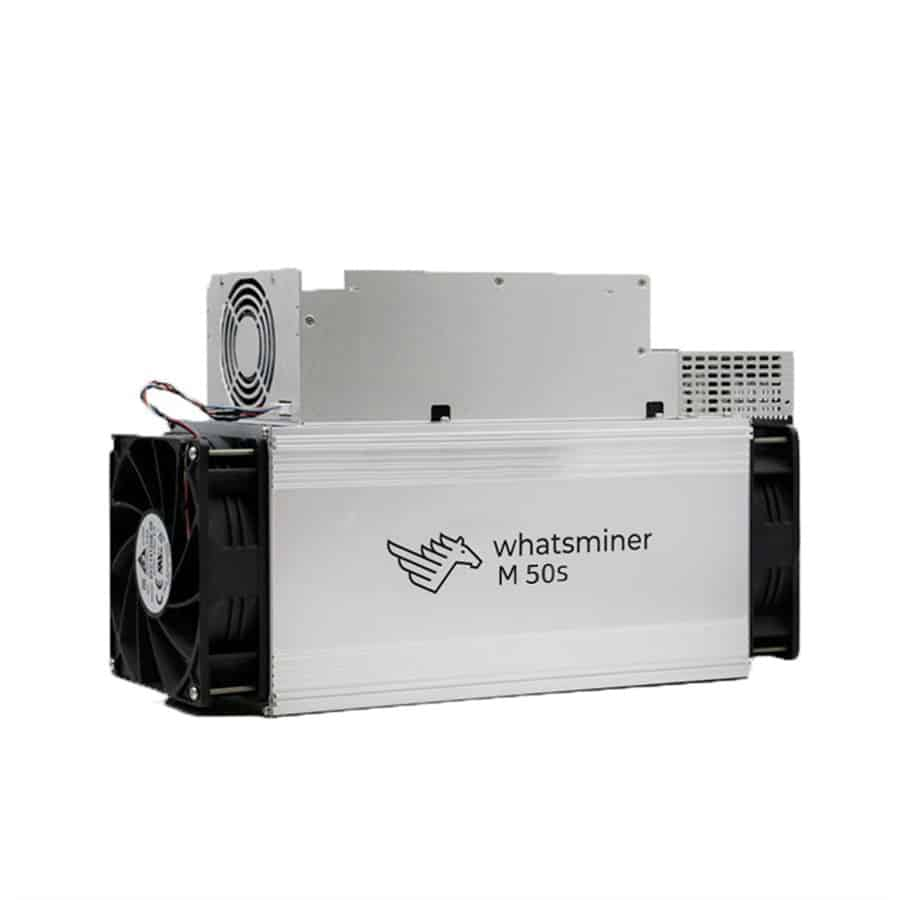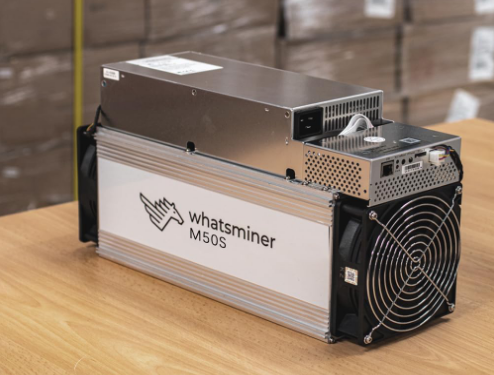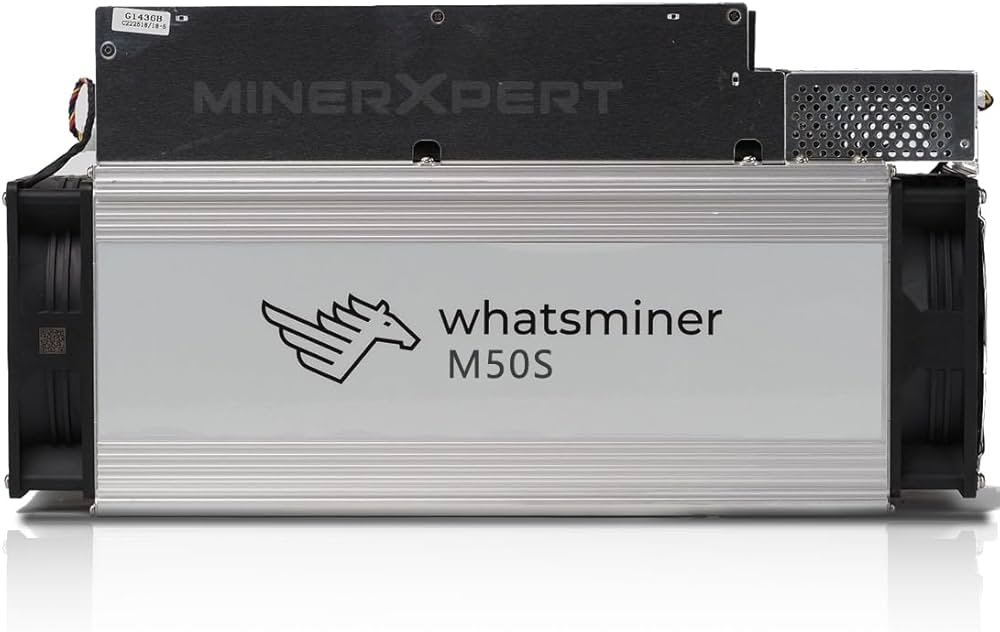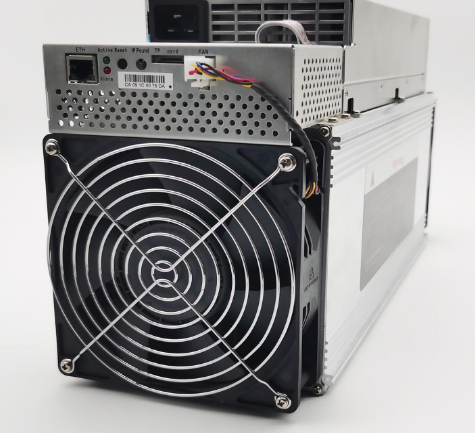WhatsMiner M50S repair and troubleshooting for hardware failures
WhatsMiner M50S Repair and Troubleshooting for Hardware Failures
The WhatsMiner M50S has established itself as a powerhouse in the cryptocurrency mining industry, offering exceptional performance and efficiency for SHA-256 algorithm-based mining. However, like any high-performance hardware, it is not immune to occasional hardware failures or operational issues. For mining operators, understanding how to diagnose, repair, and troubleshoot these issues is critical to maintaining profitability and minimizing downtime. This article provides a comprehensive guide to addressing common hardware failures in the WhatsMiner M50S, ensuring your mining operations remain efficient and productive.
Understanding the WhatsMiner M50S: A Brief Overview
Before diving into troubleshooting, it’s essential to understand the key features and design of the WhatsMiner M50S. This ASIC miner is built with cutting-edge 5nm chip technology, delivering a hashrate of 126TH/s (±5%) while consuming 3276W of power. Its compact design (125mm x 225mm x 425mm) and modular architecture make it suitable for both small-scale and industrial mining setups.

The M50S is designed for durability, operating within a temperature range of 5-45°C and humidity levels of 5-95%. Its robust cooling system and modular components ensure long-term reliability, but even the best hardware can encounter issues over time.

Common Hardware Failures and Their Symptoms
Hardware failures in the WhatsMiner M50S can manifest in various ways. Recognizing the symptoms early can help you address issues before they escalate. Below are some common problems and their indicators:

- Hashrate Drops or Inconsistent Performance
- Symptoms: Sudden drops in hashrate, frequent fluctuations, or lower-than-expected output.
- Possible Causes: Overheating, faulty hashboards, or power supply issues.
- Overheating and Fan Failures
- Symptoms: Excessive noise from fans, higher-than-normal operating temperatures, or complete fan failure.
- Possible Causes: Dust accumulation, worn-out fan bearings, or cooling system malfunctions.
- Power Supply Issues
- Symptoms: Miner fails to power on, intermittent shutdowns, or error messages related to power input.
- Possible Causes: Faulty PSU, unstable voltage supply, or damaged power cables.
- Network Connectivity Problems
- Symptoms: Miner not detected on the network, frequent disconnections, or inability to access the miner’s interface.
- Possible Causes: Ethernet cable issues, router configuration problems, or faulty network ports.
- Component Failures (Hashboards, Control Boards)
- Symptoms: Miner fails to boot, specific hashboards not functioning, or error codes indicating hardware faults.
- Possible Causes: Wear and tear, manufacturing defects, or improper handling during installation.
Step-by-Step Troubleshooting Guide
1. Diagnosing Hashrate Drops
- Check Temperature: Ensure the miner is operating within the recommended temperature range (5-45°C). Overheating can throttle performance.
- Inspect Hashboards: Use the miner’s interface to check the status of individual hashboards. If one or more are offline, reseat the connections or replace the faulty board.
- Verify Power Supply: Ensure the PSU is delivering stable power. Use a multimeter to check voltage levels if necessary.
2. Addressing Overheating and Fan Failures
- Clean the Miner: Dust buildup is a common cause of overheating. Regularly clean the fans, heat sinks, and internal components using compressed air.
- Test Fans: If a fan is noisy or not spinning, replace it immediately. The M50S uses standard fans that are readily available through authorized suppliers.
- Optimize Ventilation: Ensure the mining environment has adequate airflow. Consider adding external fans or upgrading to a more efficient cooling system.
3. Resolving Power Supply Issues
- Inspect Cables: Check all power cables for damage or loose connections. Replace any frayed or worn-out cables.
- Test the PSU: If the miner fails to power on, test the PSU with another unit or use a spare PSU to confirm the issue.
- Stabilize Voltage: Ensure the power source delivers a stable 200-277V. Voltage fluctuations can damage components and cause shutdowns.
4. Fixing Network Connectivity Problems
- Check Ethernet Cable: Replace the Ethernet cable with a known working one to rule out cable issues.
- Restart Router: Sometimes, network issues stem from the router. Restart it and ensure the miner’s IP address is correctly configured.
- Update Firmware: Ensure the miner’s firmware is up to date. Outdated firmware can cause connectivity issues.
5. Handling Component Failures
- Reseat Components: Power off the miner and reseat the hashboards and control board. Loose connections can cause hardware errors.
- Replace Faulty Parts: If a specific component (e.g., hashboard) is consistently failing, replace it with a new one. MicroBT offers genuine spare parts through authorized channels.
- Contact Support: For persistent issues, reach out to MicroBT’s customer support. The M50S comes with a 180-day warranty, covering repairs and replacements.
Preventive Maintenance Tips
To minimize hardware failures and extend the lifespan of your WhatsMiner M50S, follow these preventive maintenance practices:
- Regular Cleaning: Dust and debris can clog fans and heat sinks, leading to overheating. Clean the miner every 2-3 months.
- Monitor Performance: Use monitoring software to track hashrate, temperature, and power consumption. Address anomalies promptly.
- Maintain Stable Power: Use a reliable PSU and ensure the power source is stable. Consider installing surge protectors.
- Update Firmware: Regularly check for firmware updates from MicroBT. These updates often include performance improvements and bug fixes.
- Inspect Connections: Periodically check all cables and connections for wear and tear. Replace damaged components immediately.
Why Choose the WhatsMiner M50S?
Despite the occasional need for repairs, the WhatsMiner M50S remains a top choice for professional mining operations. Its 5nm chip technology delivers unmatched performance, while its modular design simplifies maintenance. With a 180-day warranty and global logistics support, MicroBT ensures that miners have access to spare parts and technical assistance when needed.

For mining operators, the M50S represents a strategic investment in reliable, high-performance hardware. By understanding how to troubleshoot and repair common issues, you can maximize uptime and profitability, ensuring your mining operation remains competitive in the ever-evolving cryptocurrency landscape.
Conclusion
The WhatsMiner M50S is a testament to MicroBT’s commitment to innovation and reliability in cryptocurrency mining hardware. While hardware failures are inevitable, a proactive approach to maintenance and troubleshooting can significantly reduce downtime and repair costs. By following the guidelines outlined in this article, mining operators can ensure their M50S units operate at peak efficiency, delivering consistent returns on investment.
Whether you’re a seasoned miner or new to the industry, mastering the art of repair and troubleshooting is essential for long-term success. With the right knowledge and tools, you can keep your WhatsMiner M50S running smoothly, securing your place in the competitive world of cryptocurrency mining.